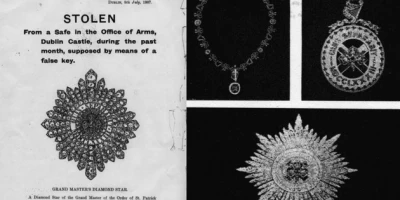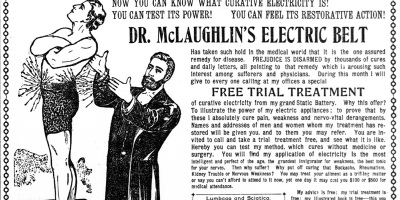
Books & Pamphlets, Cultural History, Newspapers & Magazines
6 Posts

Books & Pamphlets, Cultural History, Newspapers & Magazines

Fiction, News & Current Affairs, Newspapers & Magazines
Books & Pamphlets, Cultural History, Newspapers & Magazines

Advertising & Products, Fiction, Newspapers & Magazines

Cultural History, Fiction, Newspapers & Magazines
Cultural History, Fiction, Newspapers & Magazines